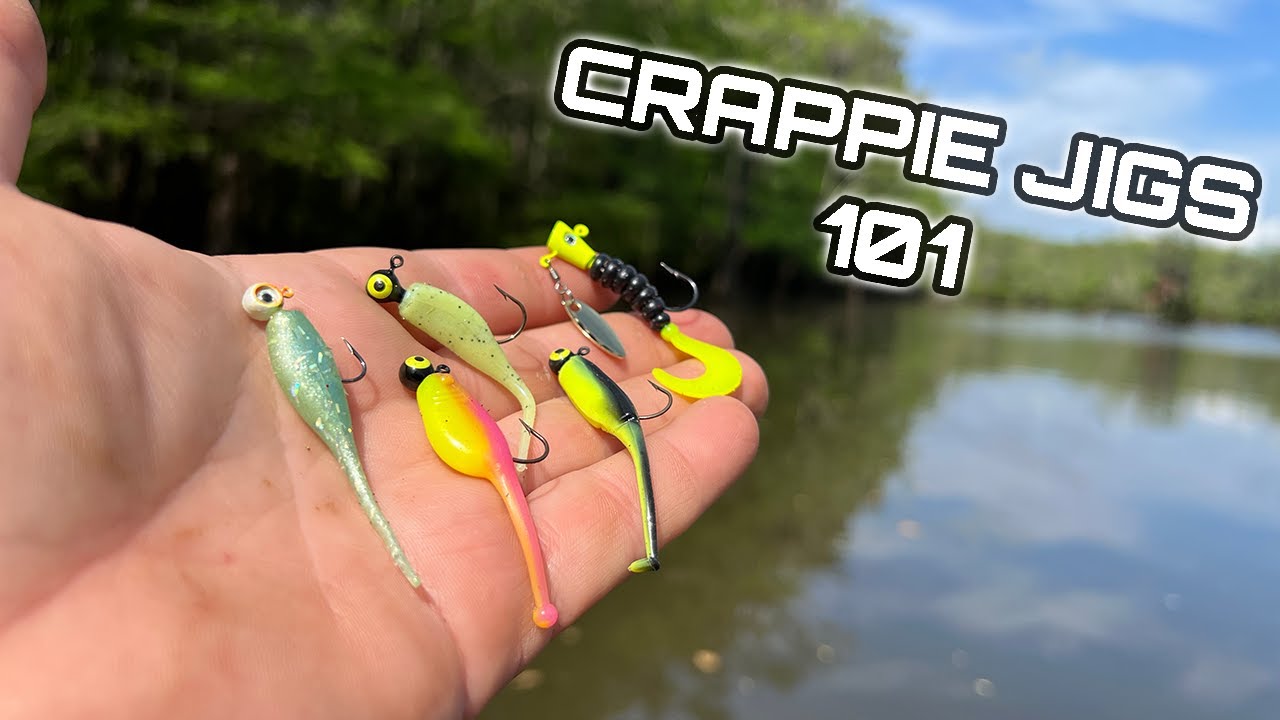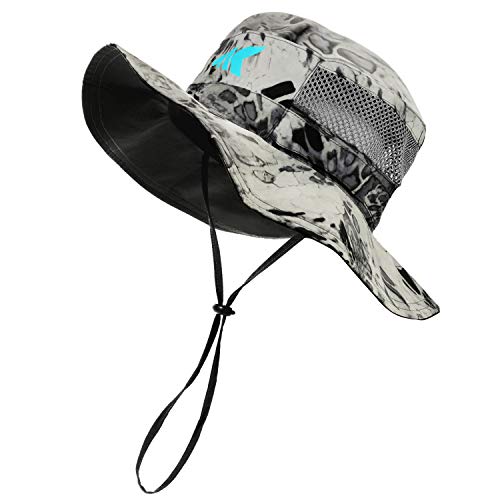White Crappie Fishing Guide: Techniques, Tips, and Insights
White Crappie Fishing Guide
White crappie, scientifically known as Pomoxis annularis, is a popular freshwater fish known for its delectable taste and challenging catch. This guide will delve into every aspect of white crappie fishing, providing seasoned anglers and novices alike with valuable insights and strategies.
Understanding White Crappie Habitat
White crappie thrive in various freshwater environments, including lakes, reservoirs, and slow-moving rivers. They prefer areas with abundant vegetation, submerged structures, and relatively clear water. Understanding their habitat is crucial for successful fishing.
Ideal Water Conditions
- Temperature: White crappie prefer water temperatures between 68°F and 72°F.
- Depth: They are commonly found at depths of 3 to 20 feet, depending on the season and water clarity.
- Cover: Look for submerged timber, brush piles, and weed beds.
Seasonal Patterns and Behavior
White crappie exhibit distinct seasonal patterns that influence their behavior and location.
Spring
- Spawning Season: In spring, white crappie move to shallow waters (3-8 feet) to spawn.
- Location: Focus on sheltered bays, coves, and areas with sandy or gravelly bottoms.
- Bait: Use small jigs, minnows, and soft plastics to entice spawning crappie.
Summer
- Post-Spawn: As the temperature rises, white crappie migrate to deeper, cooler waters (10-20 feet).
- Location: Target drop-offs, underwater humps, and channel edges.
- Bait: Employ live minnows, crankbaits, and vertical jigging techniques.
Fall
- Feeding Frenzy: In fall, white crappie feed heavily to prepare for winter, often moving to intermediate depths (6-15 feet).
- Location: Focus on transition areas between deep and shallow waters.
- Bait: Utilize minnows, jigs, and spinnerbaits to capitalize on their increased activity.
Winter
- Cold Season: During winter, white crappie congregate in deeper waters (15-25 feet) near submerged structures.
- Location: Look for deep holes, creek channels, and underwater ledges.
- Bait: Slow presentations with jigs and small spoons are effective.
Essential Gear and Tackle
Choosing the right gear is essential for a successful white crappie fishing experience.
Rods and Reels
- Rod: A light to medium-light spinning rod (6-7 feet) with a fast action tip is ideal.
- Reel: Pair your rod with a spinning reel spooled with 4-8 lb test line.
Baits and Lures
- Live Bait: Minnows are the most effective live bait for white crappie.
- Jigs: Use 1/16 to 1/8 oz jigs in various colors, such as chartreuse, white, and pink.
- Soft Plastics: Tube jigs, curly tail grubs, and small swimbaits work well.
- Crankbaits: Opt for small, shallow-diving crankbaits that mimic baitfish.
Accessories
- Fish Finder: A fish finder can help locate schools of crappie and submerged structures.
- Tackle Box: Organize your tackle with a compartmentalized tackle box.
- Landing Net: A rubber-coated net helps safely land and release fish.
Fishing Techniques for White Crappie
Mastering various fishing techniques will increase your chances of success.
Vertical Jigging
- Technique: Drop your jig directly over the side of the boat and slowly lift and lower it.
- Tip: Pay attention to the line for subtle bites, as crappie often strike lightly.
Spider Rigging
- Setup: Use multiple rods spread out around the boat with different bait depths.
- Advantage: This technique covers a larger area and increases your chances of finding active fish.
Casting and Retrieving
- Approach: Cast your lure near submerged structures and retrieve it slowly with occasional pauses.
- Variation: Experiment with different retrieval speeds and jigging motions to trigger strikes.
Night Fishing
- Benefits: White crappie are more active and less cautious at night.
- Gear: Use lights to attract baitfish and subsequently crappie to your location.
Conservation and Ethical Practices
Responsible fishing ensures the sustainability of white crappie populations.
Catch and Release
- Practice: Release smaller and larger fish to maintain a balanced population.
- Technique: Use barbless hooks and handle fish gently to minimize stress.
Regulations
- Compliance: Familiarize yourself with local fishing regulations, including size and bag limits.
- Licensing: Ensure you have the appropriate fishing license for your area.
Conclusion
White crappie fishing is a rewarding experience that combines skill, knowledge, and patience. By understanding their habitat, seasonal patterns, and effective techniques, anglers can enhance their chances of a successful catch. Always practice ethical fishing to preserve this beloved species for future generations.
































